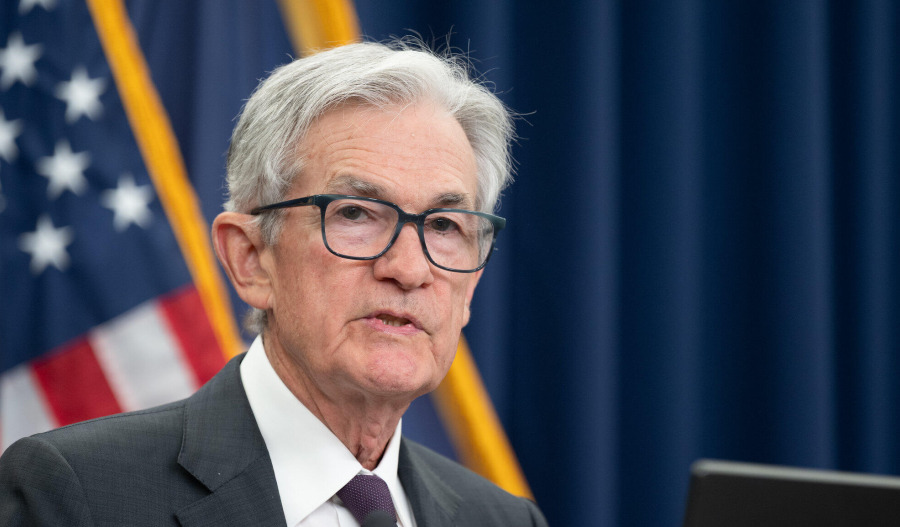Oil prices ticked lower during Thursday's Asian trade, slipping from multi-week highs as a surprise increase in American crude inventories tempered recent gains, while investors monitored the risk of escalating global supply disruptions driven by United States President Donald Trump’s tariff threats.
By 3:30 pm AEST (5:30 am GMT) Brent crude futures for October dipped 27 cents or 0.3% to US$72.20 per barrel, while U.S. West Texas Intermediate (WTI) crude for September eased 17 cents or 0.2% to $69.83 a barrel.
Crude markets remain on edge following Trump’s ultimatum to Russia earlier in the week, threatening new sanctions, including 100% secondary tariffs on its trading partners.
This latest timeline advances a previously announced 50-day deadline and marks an escalation in Washington’s strategy to end the conflict.
The White House has also warned China, Russia’s biggest energy customer, that it could face steep tariffs if it continues purchasing Russian oil.
On Wednesday, the U.S. Treasury imposed sanctions on more than 115 individuals, entities, and vessels linked to Iran, signalling intensified pressure from the Trump administration following its bombing of Tehran's nuclear facilities in June.
“Crude oil rose to its highest level since June, after Trump threatened to penalise Indian buyers of Russia crude,” ANZ analysts said. “He warned that India could face a 25% tariff ‘plus a penalty’ while criticising the country for being one of the largest buyers of Russian energy.”
Still, upside momentum in oil was capped by a larger-than-expected build in U.S. crude inventories. The Energy Information Administration (EIA) reported that crude stockpiles rose by 7.7 million barrels to 426.7 million barrels for the week ending July 25, well above an anticipated 2 million-barrel draw.
Gasoline inventories fell by 2.7 million barrels to 228.4 million, well above forecasts for a 500,000-barrel decline, indicating strong domestic fuel demand.



